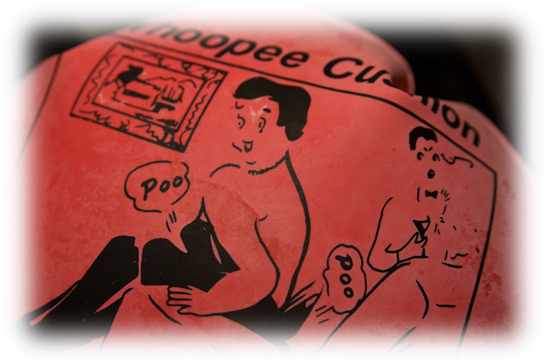Using your voice to it’s full potential
In terms of storytelling techniques, how to use your voice is possibly the first thing people think of when talking about how to tell stories and tales.
Unsurprisingly a bit of training on the best and most effective ways to use your voice during a story recital is also one of the easiest ways to really bring the tale to life for your listener(s).

In this Chapter on using your voice when telling or reading stories with your kids
- How to use the volume and why it is important to use it at the right time.
- The use of tone and emphasis in storytelling and how you can use both to achieve completely different meanings.
- Give your characters distinct personalities and separate them clearly by using pitch.
- You’ll be amazed at how much changing the speed of the tale can add depth and help illustrate an otherwise verbal story.
- I have a bonus that fits in here as well – Should you or should you not introduce sound effects?
Draw your audience into the story with you
Have a listen to advertisements on the radio or the TV.
Compare the difference in technique between say, the voiceover used to promote luxury beds and the voiceover used to promote sales of electronic gadgets at your nearest dealer.
Advertising companies are only too aware of the importance of the sound of the voice as part of creating the “mood”. The “mood” makes the listener anticipate and accept more readily what is being said.
You will hear a soft, gentle and relaxing voice that wants to soothe you into a tranquil state to sell the luxury bed – the voice in itself is promising you a good night’s sleep. Whereas the voice for the electronic gadgets advert will be loud, excited and high pitched, trying to excite you off your sofa and down to the store.
The way you modulate your voice portrays your emotion and stimulates a reactive emotion in your audience. This reactive emotion is what draws your child into the story. They “feel” the story and remain encapsulated in it, away from reality, charmed and enchanted by the sound of your voice.
Now we will go on to explore how you can modulate your voice to effectively tell stories and stimulate the required emotions. If you follow the tips in this chapter, you can look forward to a future of affectionate evenings, with your child tucked up cosily in beside you, and falling asleep happily after a fantastical story.
Becoming aware of your own abilities and just keeping an eye or ear open for when you’re naturally using these storytelling techniques is the most important step in learning how to tell a story. Read each of the articles on the links below and make sure you follow any homework given to really get the most out of your time.
Storytelling technique focus
So now we’ve introduced the concept, you’ll be keen to be given some homework right? Well, first of all lets set a focus. Read the following section on controlling the volume of your voice in storytelling and follow (and practice) the suggested homework at the bottom.
